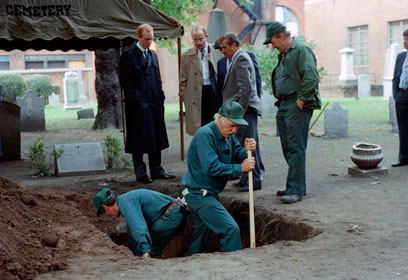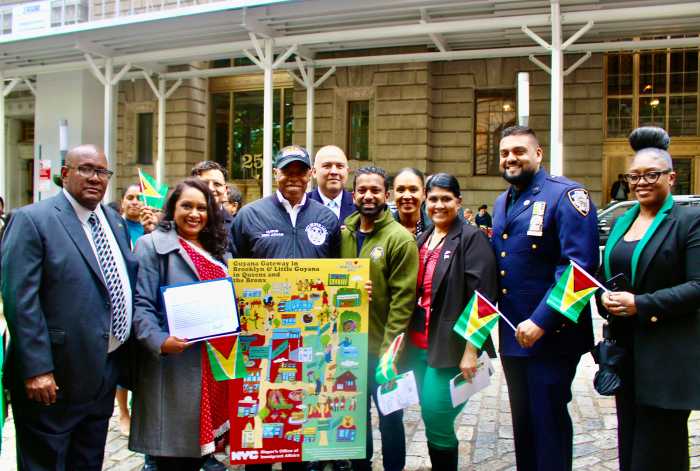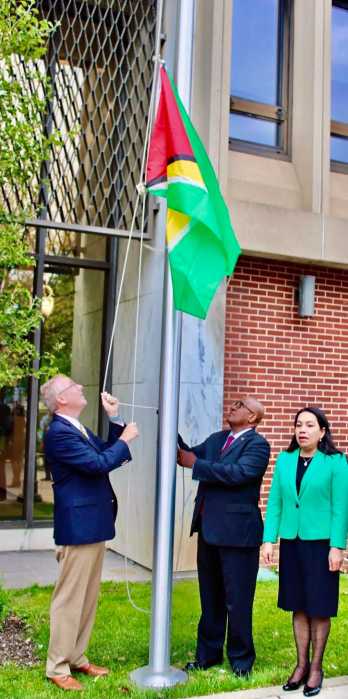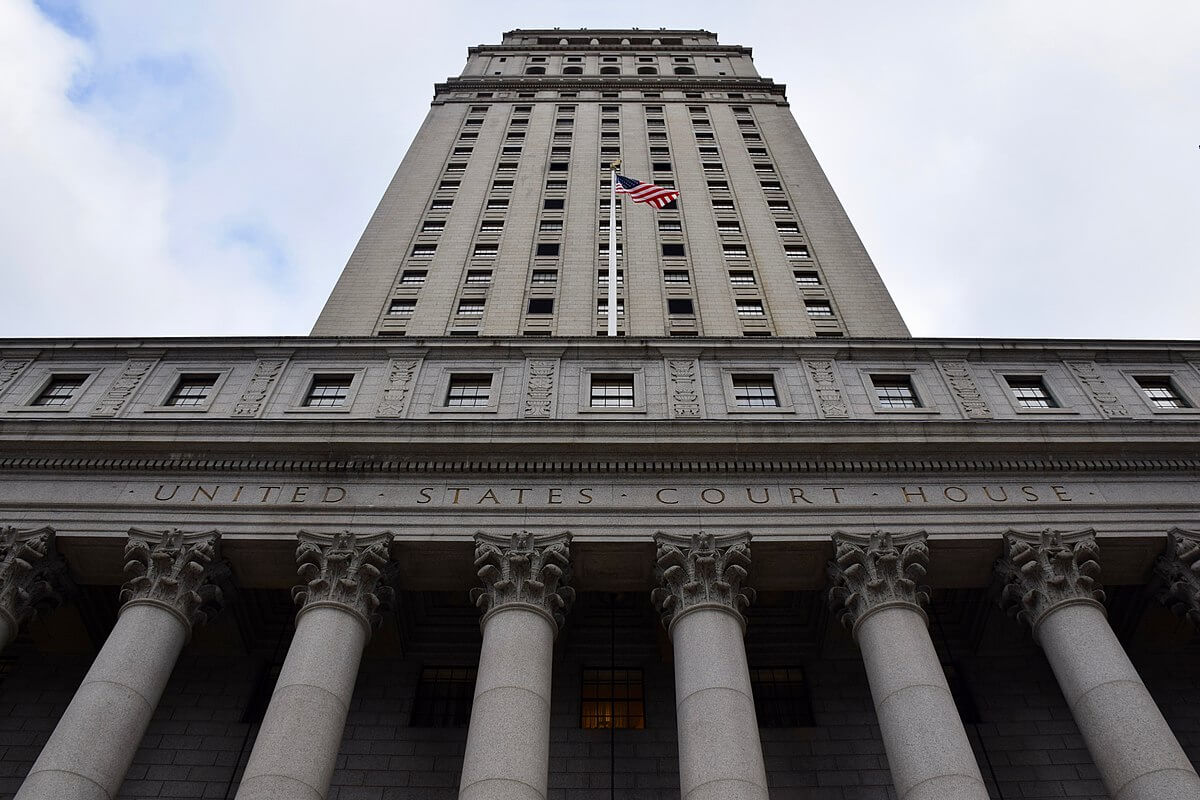Haitians more than most nationals in the Caribbean, can claim a myriad of historical trailblazing feats. The first in the region to win independence from their French colonizers in 1803, they are also the proud pioneers and model for every Black nation throughout the entire world to follow.
While much of the revolutionary feats of Toussaint L’Ouverture against France’s strongman Napoleon Bonaparte have been documented not much is known about a slave who was born a decade before America’s independence.
Born July 25, 1766, Pierre Toussaint emerged the first non-clergyman to be buried in the crypt at St. Patrick’s Cathedral.
Initially known only as Pierre, he adopted his last name in honor of the national hero — Toussaint — who revolutionized Haiti.
How he was able to be distinguished with burial rites normally reserved for bishops and cardinals of the Roman Catholic Archdiocese of New York, should be required reading for all students regardless of religious affiliation.
The first layperson to be buried in the crypt below the main altar of the auspicious cathedral located at Fifth Avenue was reared as a Roman Catholic.
His father Ursule worked at the L’Artibonite plantation owned by the Bérard family.
His maternal great-grandmother, Tonette, had been born in Africa, where she was sold into slavery and brought to Saint-Domingue the former name for Haiti.
Pierre’s maternal grandmother, Zenobe Julien, was also a slave and was later freed by the Bérards for her service to the family.
Pierre had a sister named Rosalie.
Trained as a house slave, he benefited from an education due to tutors that helped him while teaching the Bérard children
The senior Bérards returned to France, taking Zenobe Julien with them, and their son Jean Bérard took over the plantation. As the tensions rose which would lead to Haitian slaves and free people of color rising in rebellion, in 1787 Bérard and his second wife left the island for New York City, taking five of their slaves with them — brother and sister Pierre and Rosalie among them.
Upon their arrival in New York, Bérard secured an apprenticeship for Pierre with one of New York’s leading hairdressers.
When the master returned to Saint-Domingue to see to his property, Pierre became even more devoted to the mistress who brought him to America.
Jean Bérard died of pleurisy on the island before returning to America.
Pierre’s talent as a hairdresser became increasingly successful and Madame Bérard supported his ambition. Since her husband had allowed him to keep much of his earnings from being hired out, she continued the practice.
Madame Bérard eventually remarried, to a Monsieur Nicolas, also from Saint-Domingue. On her deathbed, she made her husband promise to free Pierre from slavery. He was freed in 1807 at age 45 and adopted the surname of his hero — Toussaint — who revolutionized and established his birth place as the first independent Black republic.
As a very popular hairdresser among the upper echelon of New York society, Toussaint earned a good living. He saved his money and paid for his sister Rosalie’s freedom. They both still lived in what was then the Nicolas house.
In 1811 Toussaint married Juliette Noel, a slave who was 20 years younger and whose freedom he purchased. For four years they continued to board at the Nicolas house. They adopted Euphemia, the daughter of his late sister Rosalie, who died of tuberculosis. He became a noted philanthropist to the poor of the city.
Toussaint became a very popular hairdresser for New York’s elite. Practically all his earnings helped the poor. He owned a house in Franklin Street, where the Toussaints sheltered orphans, and fostered numerous boys in succession.
Toussaint supported them in getting an education and learning a trade; he sometimes helped them get their first jobs because of his connections in the city.
They also organized a credit bureau, an employment agency, and a refuge for priests and destitute travelers.
Because many Haitians sought refuge in New York, Toussaint frequently helped the new immigrants. He often arranged sales of goods so they could raise money to live on. He was “renowned for crossing barricades to nurse quarantined cholera patients” during an epidemic.
Toussaint attended daily Mass for 66 years at St. Peter’s in New York. He also helped raise money to build a new Roman Catholic Church in New York. That edifice became Old St. Patrick’s Church on Mulberry Street.
He was a benefactor of the first New York City Catholic School for Black children at St. Vincent de Paul on Canal Street.
According to a ghostwritten memoir published in 1854, he was considered “one of the leading Black New Yorkers of his day.”
As Toussaint aged, he continued his charity. Pierre Toussaint died on June 30, 1853, at the age of 87.
He was buried alongside his wife Juliette Noel and Euphemia, in the cemetery of St. Patrick’s Old Cathedral on Mott Street.
“I have never felt I am a slave to any man or woman but I am a servant of Almighty God who made us all,” his memoir accounted. “When one of His children is in need, I am glad to be His slave.”
At his death, his papers included records of his many charitable gifts to Catholic and other institutions; his character was lauded by friends and acquaintances.
Considered one of the first Catholic philanthropists in New York, in the 1950s, the John Boyle O’Reilly Committee for Interracial Justice, an Irish-American group devoted to social justice for Blacks, began researching and publicizing Toussaint’s life story.
Because of Toussaint’s reputation of great charity, Cardinal Terence Cooke authorized the formation of a canonization committee to study his path from Haiti to the United States. Based on their findings, in 1991 Cooke’s successor, Cardinal John O’Connor lobbied strongly in support of Toussaint’s sainthood.
He began the official process, according him the title “Servant of God.”
O’Connor sent the needed documentation to the Vatican for this process.
Among documents the cardinal sent to the Holy See to support canonization were letters to friends in Haiti. His collected correspondence filled 15 bound volumes.
In addition, the cardinal had Toussaint’s body exhumed and examined. In 1996 he was declared “Venerable” by Pope John Paul II, the second step in the process of becoming a saint. In 1990, Toussaint’s body was reinterred in the main cathedral’s crypt, located underneath the high altar that is the final resting place for all of the archbishops who have served New York.























